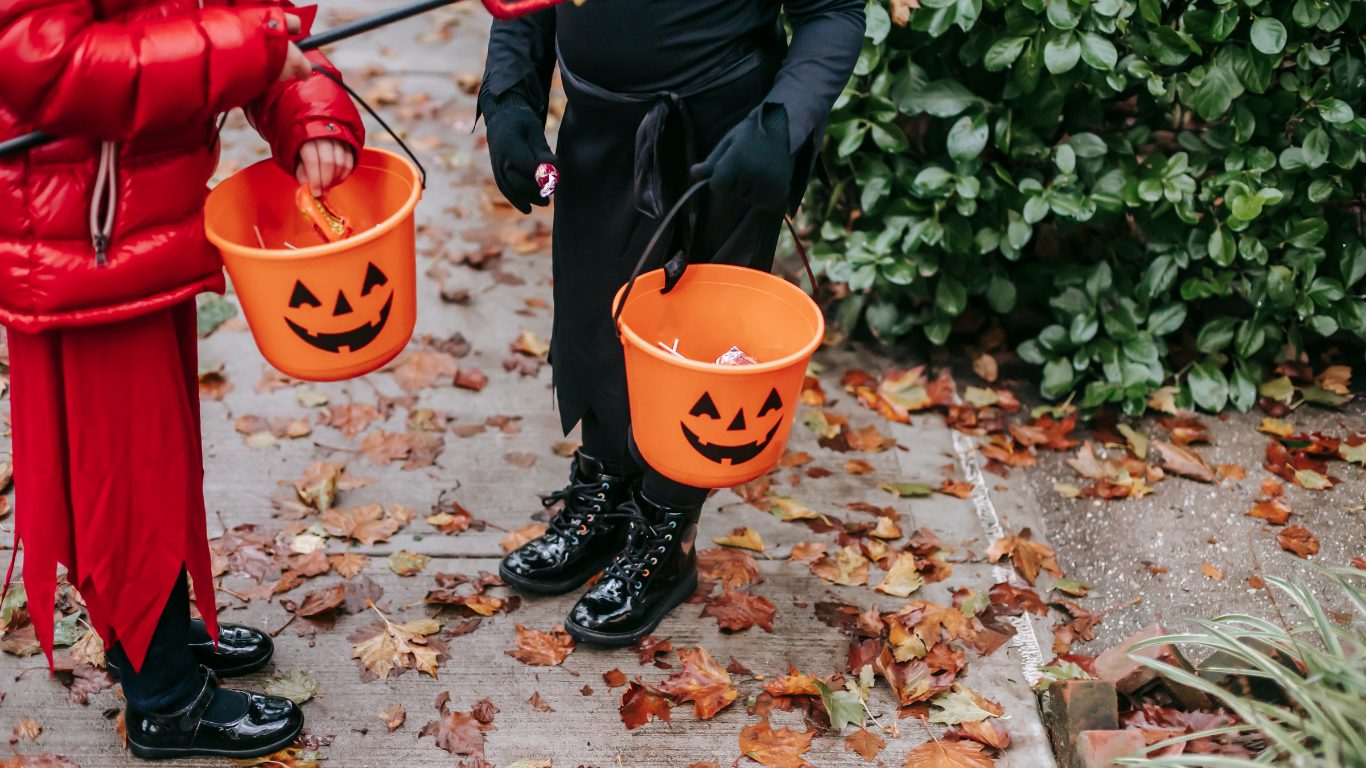Halloween is upon us. It’s a night full of excitement – glowing pumpkins on porches and the happy chaos of trick-or-treaters filling the streets. But for many children with autism, the unpredictable sights, sounds, and social interactions can make the evening stressful rather than fun.
The good news is that a few small acts of understanding from neighbours and communities can make Halloween more enjoyable and inclusive for everyone.
I have to admit that in the past, I haven’t been conscious enough of the need to respect the differences of children who come knocking on the door at Halloween. I have passed remarks that some children just stand there, holding their loot bag out, waiting for me to add some sweets. No Halloween mummering. Not even a please or thanks. But rather than berate them, we should be less judgemental when it comes to the kids at our doors this Halloween.
The national autism charity, AsIAm, is currently running a very successful campaign, aiming to educate people like me who jump to conclusions about such ‘bad manners’ at Halloween.
Not every child who knocks on your door will say ‘trick or treat.’ Some may not make eye contact or speak at all. Others may forget to say thank you despite their best intentions, or take an age to choose a sweet from the bowl. An encouraging smile from us can go a long way. Patience and kindness help children feel welcome, whatever their communication style.
Some children with autism have sensory sensitivities that make costumes uncomfortable or overwhelming. The fabric might itch, the seams might feel uncomfortable, or the mask might be too confining. Kids may opt to wear everyday clothes or a modified outfit. Try not to comment; the goal is for every child to feel included, not to fit an image of what Halloween should look like.
Trick or treaters can be any age. Don’t question their decision to be out trick or treating if you deem them to be ‘too old’ for it. Everyone should be welcome to join in the festivities; there is no age limit on craic.
Spooky decorations can be fun, but flashing lights, sudden noises, or motion-activated props can be distressing for children with sensory sensitivities. A friendly pumpkin or string of fairy lights can be just as festive – and much more welcoming to everyone.
Food allergies and dietary sensitivities are common among children with autism. Providing non-food treats such as stickers or glow sticks is a simple way to make your home more inclusive.
If you notice a child hesitating at the bottom of your drive or covering their ears, it may be because they’re overwhelmed. Offering a quiet, friendly greeting or letting them take their time helps reduce pressure. If your neighbourhood tends to get busy, consider keeping your porch light on for a little longer so families can visit when it’s quieter. Expect some kids to visit before the fall of darkness too, if that’s what they feel most comfortable with.
Halloween is a wonderful opportunity to teach our children empathy. You might quietly explain to them that some children experience the world differently, and that patience and kindness are part of the fun. Halloween should be about joy, not judgment. When we slow down, stay flexible, and open our doors with understanding, we make space for every child to experience the magic of Halloween – in whatever way feels right for them.











